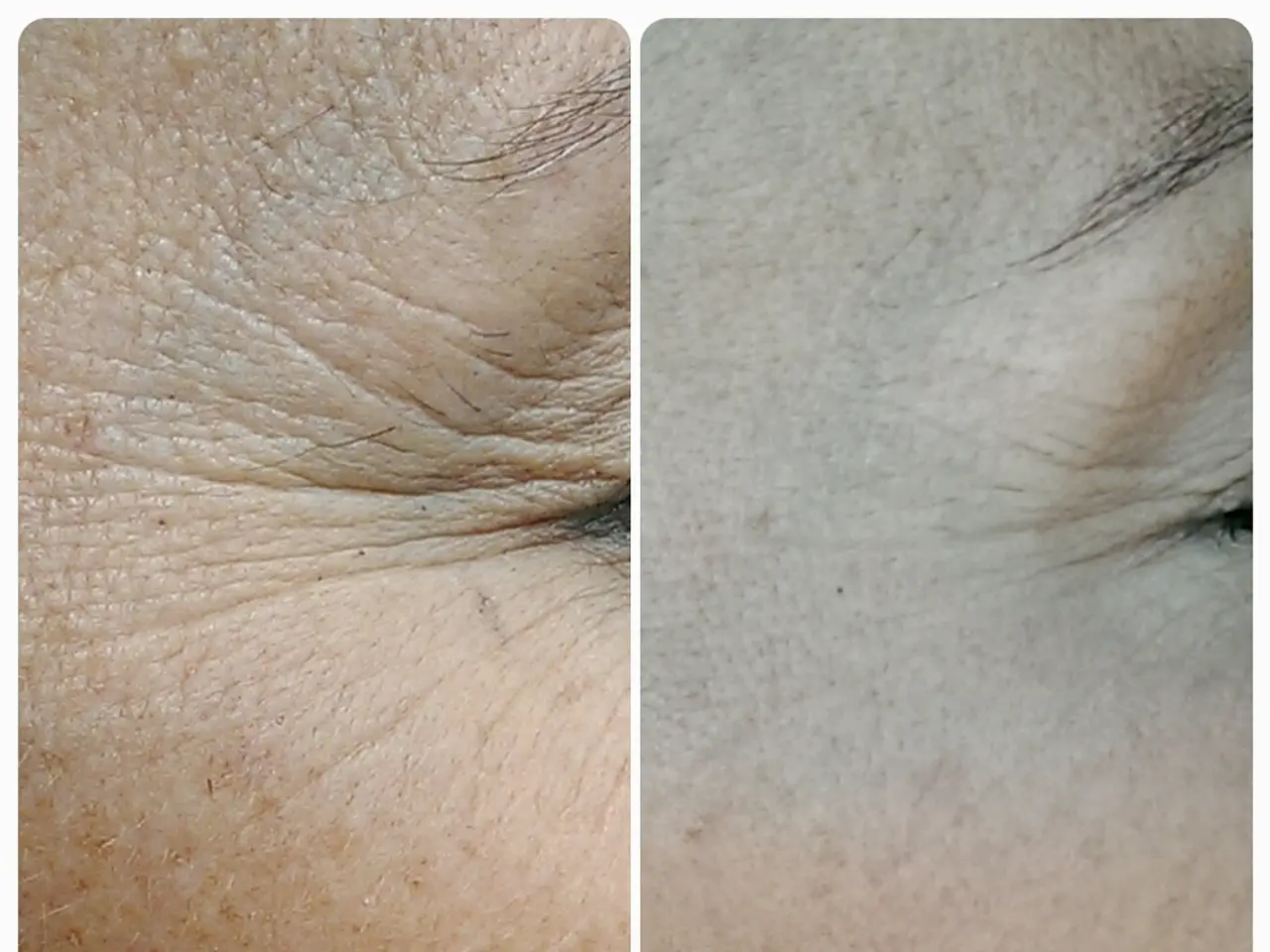Melanoma Recurrence: Understanding the Nature, Signs, Remedies, and Additional Information
Melanoma, a type of skin cancer that originates in the melanocytes, cells that produce melanin, can pose a significant health risk. While initial treatment can be successful, the risk of recurrence is a concern for many individuals who have had melanoma.
Causes of Recurrent Melanoma
Recurrent melanoma often results from incomplete removal of the original melanoma or undetected microscopic metastasis at the time of initial treatment. The underlying drivers include genetic mutations, UV exposure, immune system changes, or other pathological stimuli. These factors can trigger or reactivate the malignant proliferation of melanocytes.
Symptoms of Recurrent Melanoma
Symptoms of recurrent melanoma may include the reappearance of a new or changed mole, lesion, or skin abnormality at or near the original melanoma site. These may be raised or flat and could look unusual compared to normal skin. Symptoms may also include pigmentation changes, new growths, or any unexplained skin changes in the affected area, sometimes accompanied by swollen lymph nodes if the cancer has spread.
Treatment for Recurrent Melanoma
Treatment for recurrent melanoma depends on the stage and extent of recurrence. It typically involves combinations of surgery, biological (immuno) therapy, targeted therapy, and sometimes chemotherapy or radiation therapy.
Surgery is often the first line of defence, with excision of the recurrent tumor and possibly affected lymph nodes. Biological therapy boosts the immune system to fight melanoma cells, while targeted therapy drugs target specific genetic mutations in melanoma cells. Chemotherapy and radiation therapy are less common but may be used in advanced-stage melanoma or when other treatments are not suitable.
For advanced or metastatic melanoma, no cure exists, but these treatments can delay disease progression and improve survival. Long-term monitoring with regular skin exams and imaging is critical to detect recurrence early.
Prevention
Reduced exposure to UV light can help prevent melanoma and potentially its recurrence. This includes wearing sunscreen with a high protective factor, covering areas of skin with loose clothing, avoiding tanning beds, and avoiding direct sunlight between 10 a.m. and 2 p.m. when the sun's rays are strongest.
In summary, recurrent melanoma presents with new or changing skin lesions and is caused by the regrowth or spread of malignant melanocytes after initial treatment. Treatment is multimodal—surgical, immunological, targeted, and sometimes chemotherapy or radiation—tailored to the recurrence's stage and location. Regular checkups and self-examinations can help identify recurrent melanoma early, improving the outlook and reducing the effects of further recurrences.
- Incomplete removal of the original melanoma or undetected microscopic metastasis during the initial treatment can lead to recurrent melanoma, a type of skin cancer that is frequently driven by genetic mutations, UV exposure, immune system changes, or other pathological stimuli.
- Symptoms of recurrent melanoma may manifest as the reappearance of a new or changed mole, lesion, or skin abnormality at or near the initial melanoma site, which could be raised or flat and may look unusual compared to normal skin.
- Treatment for recurrent melanoma is tailored to the stage and extent of recurrence, often combining surgery, biological (immuno) therapy, targeted therapy, and sometimes chemotherapy or radiation therapy.
- Preventing melanoma recurrence involves reducing exposure to UV light through the use of sunscreen, covering skin with loose clothing, avoiding tanning beds, and avoiding direct sunlight during peak hours, as these measures can help lower the chances of recurrence.




